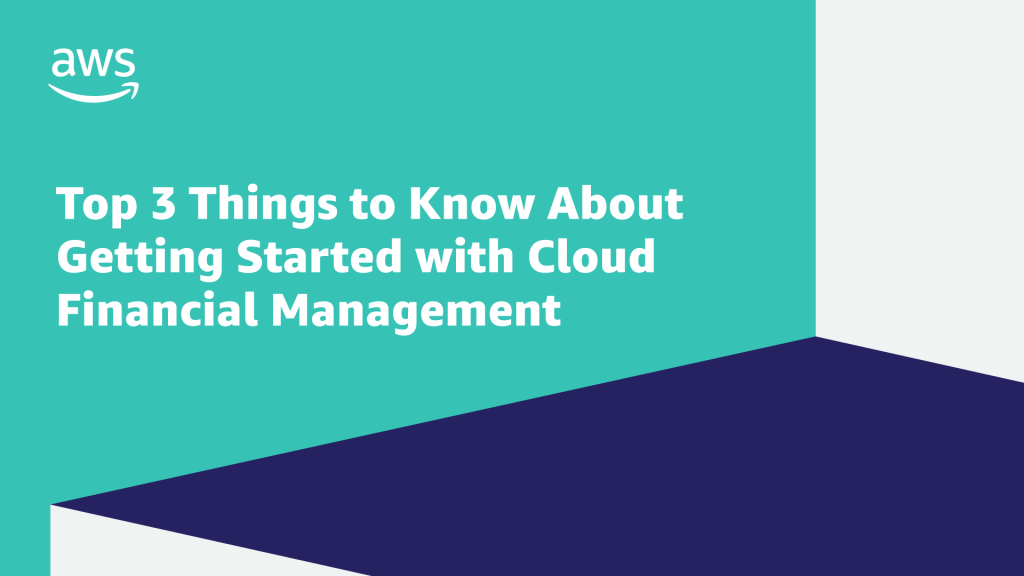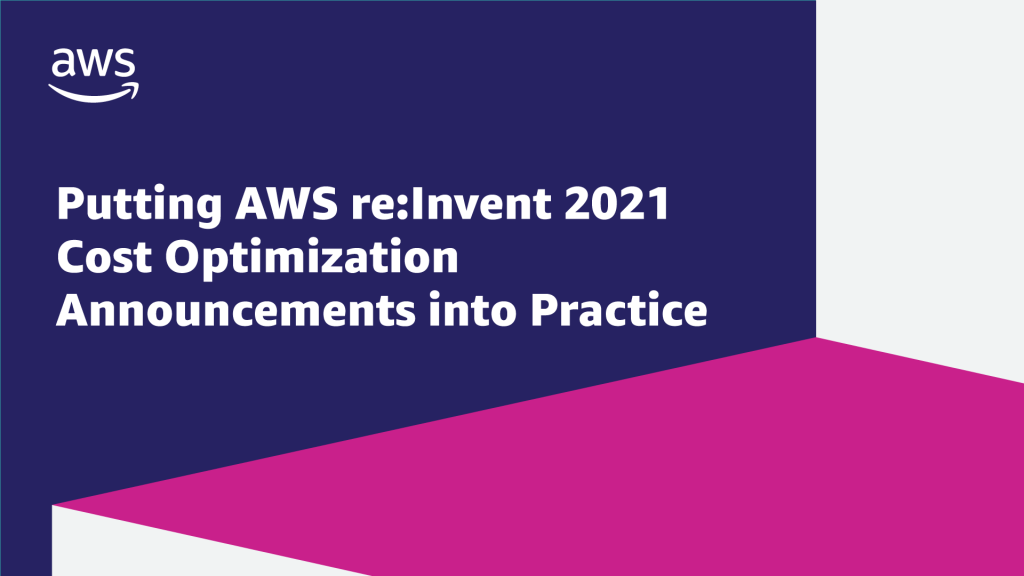AWS Cloud Financial Management
Questions and answers on AWS Billing Conductor
In this blog, we will address some commonly asked questions we received about AWS Billing Conductor, so you understand how this service can be of use in your day-to-day AWS billing and cost allocation needs.
Five things you should do to create an accurate on premises vs cloud comparison model
When helping customers build TCO models for their cloud migration, we often come across customer analysts who say their financial models show that moving to the cloud is more expensive than staying on premises. What we’ve found is that customers often exclude key inputs that lead to inaccurate cost comparison models.
Bundled discounts in AWS Cost and Usage Report
Bundled discount is a usage-based discount that has conditional logic associated with usage. Bundled Discount gives customers free or discounted usage in one product/service based on the usage of another product/service.
AWS Cloud Financial Management 2022 Q1 recap
Take a look at what AWS Cloud Financial Management team delivered in Q1, such as AWS Billing Conductor, Carbon Footprint Tool, Auto-adjusting budgets, etc. and see how these new capabilities can help solve your immediate and long-term financial needs.
Getting Started with AWS Billing Conductor
Starting today, you can access AWS Billing Conductor (hereinafter referred to as “ABC”), a new service that enables AWS customers and reseller partners to customize billing data and reporting in a way that aligns with your unique business logic.
Get AWS Cost Anomaly Detection alert notifications in Slack through AWS Chatbot
Get near real-time visibility into anomalous spend by receiving AWS Cost Anomaly Detection alert notifications in Slack using AWS Chatbot. With faster visibility and insights you can reduce cost surprises, enhance control, and proactively increase savings. AWS Cost Anomaly Detection uses advanced Machine Learning to help identify and evaluate the root cause of spend anomalies. […]
Key ways to start optimizing your AWS cloud costs
With AWS, you can take control of your cost and continuously optimize your cloud spend, while building modern, scalable applications to meet your needs. Sounds simple enough, right? But, there will be a learning curve to understand what tools and resources to use for specific purposes.
Top 3 things to know about getting Started with Cloud Financial Management
Do you want to transform your business with cost transparency, control, forecasting, and optimization, but don’t know where to start? You’re not alone. Here are our answers to the top 3 customer questions and the top 3 key takeaways to help you start transforming your business by managing and optimizing your spend.
Putting AWS re:Invent 2021 cost optimization announcements into practice
Following re:Invent 2021 and all the amazing announcements, there are so many new and exciting ways for customers to optimize cloud spend. This blog highlights some opportunities that customers could really benefit from, and offers guidance on how to take advantage of them, and, therefore, the savings.
How to design your AWS cost allocation strategy
As we start this cost allocation discussion with a customer they often ask: How do I allocate cloud costs to various company cost centers? Which of my lines of business, teams, or organizations drove increased spend and usage?
How can I make sure end users are accountable for their spend? How do I deal with shared cost resources?









